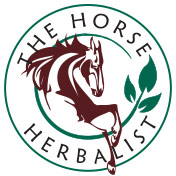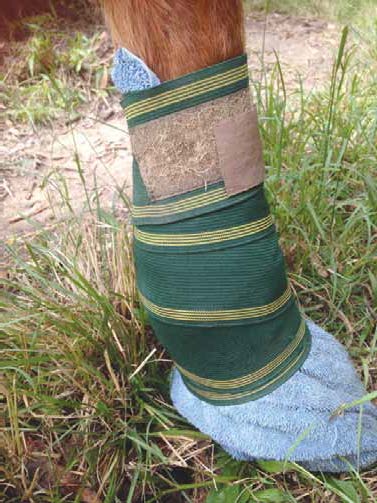Your cart is currently empty!
Managing the health of the whole horse with Herbs
Horses, like humans, were treated with herbal medicines up until the 1930s; in addition horses would often self-medicate as herbs grew freely in the fields and hedgerows. With the advent of the industrial age however, came synthesised drugs and changes to agricultural practices which, over time, destroyed much of the natural flora. Medicine advanced greatly for humans and horses in the ensuing years and new drugs were formulated, including highly effective pain relievers (analgesics) and other life saving therapies. Whilst many of these new, ‘synthetic’ medicines were derived from plants and herbs (for example aspirin from willow bark and morphine from the opium poppy),


